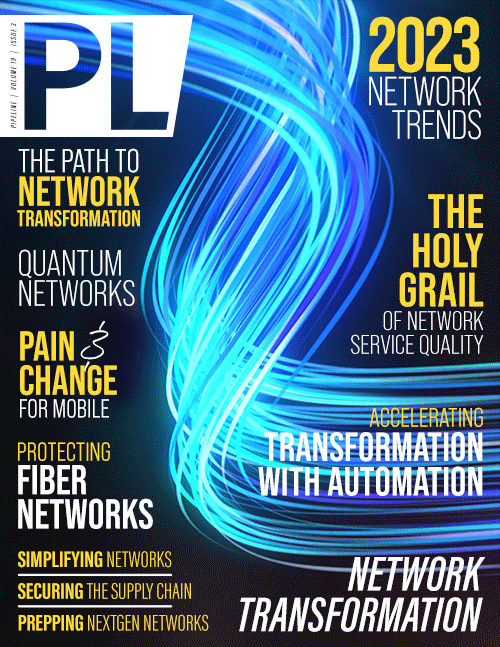Next-Gen Networks Demand Increased Access
Speaking of operational costs, creating, maintaining, and upgrading on-premises data centers are a necessary evil for most organizations just as is dealing with public cloud providers. Another
example of “doing more with less” that next-gen networks enable is that by shifting data center operations to a third party such as a colocation provider, electricity, building maintenance,
system upgrades, and various other operational expenses the organization would incur are now the responsibility of the colocation provider. This gives internal IT teams more time to focus on more
value-added tasks for their business.
Colocation can be for everyone, but not everything
While the benefits of a multi-cloud approach are plain to see, it’s worth noting that for some industries and types of workloads, a next-gen network may not be the way to go. This includes:
Data-heavy applications
Applications that must store and compute large amounts of data are not next-gen friendly. Complex queries from users create latency issues and thus, end-user frustration. It may also result in expensive cloud provider bills, which is the opposite of what businesses are trying to achieve (for example, lower costs) by choosing a next-gen approach.
Applications for highly regulated industries
Those in financial services and healthcare, and other highly regulated fields, may not be the best candidates for colocation. That’s because those industries are subject to government regulation and fines for failing to comply with those regulations. Some of those regulations include provisions on how exactly sensitive information, such as personal identifiable information (PII) about individuals. While there are colocation providers who specialize in these industries, it’s worth asking yourself if colocation is the right option.
‘Slow-and-steady’ applications
‘Slow-and-steady’ applications are applications that typically require the same amount of computing power every day. This includes business applications such as CRM, ERP, SEM, and HCM. These
applications tend to be very modular, and attractive for businesses as the application can grow with them; however, when hosted in the cloud, the more modules that get added, the more it will
cost to run. The recurring cost of the cloud subscription may outweigh the one-time upfront payment to install it locally.
Maximum uptime applications
Enterprise-grade facilities are designed for disaster preparedness with all the bells and whistles that make these top-tier facilities reliable, redundant, and extremely robust.
Next-gen is here. Are you ready?
Together, these capabilities set the stage for findings from IDC which showed that, over a five-year period, even demanding workloads cost 44 percent less in hybrid environments than their native, public cloud equivalent. This is even after considering costs like infrastructure management, application installation and software licensing fees, refactoring, and migration. Today’s businesses need operations that are always available and deliver the accelerated business results with a higher quality experience for customers and end-users.



















